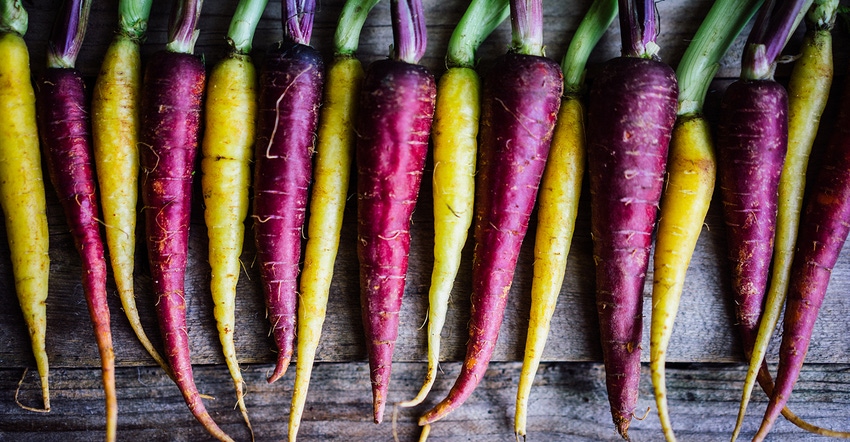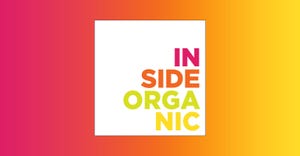Future flavor, color trends in packaged snacks
Brands are tapping into bold, earthy colors and flavors to deliver innovative snacks to the natural-focused marketplace.

One of the key characteristics of packaged snacks is their heavy reliance on product line extensions when it comes to sustaining growth momentum, particularly in the more saturated countries across North America, Western Europe, Asia and Australasia. In addition to annual licensing deals and seasonal packaging, flavor innovation has kept product areas in snacks fresh for consumers. Colors have primarily been mirroring those expected of snacks (e.g., yellow for potato chips) and are being used on packaging as flavor differentiators or indicators of a product’s health positioning.
A steady trend toward clean labels in foods has become almost unavoidable in snacks, which already suffer from an image of being overprocessed. According to Euromonitor International, gluten-free ranks top of product claims in snacks globally, ahead of no sugar and no artificial preservatives. No artificial flavors and no artificial colors are also featured among the Top 15 claims. Consumers want simpler products and more natural recipes.
Greater demand for more natural products partly comes from consumers thinking of their foods as a way to prevent illnesses and medical conditions, with this trend linked to the wealth of information available to them through digital technologies. This trend has been accentuated by COVID-19, as shoppers focus more on nutrition in their quest to keep their general health and immunity levels high. In the snacks sphere, this translates into a quest for permissible indulgence, whereby the notion of indulging is shifting from the previously essential sugar (or salt) rush to the pleasure of consuming foods or beverages that are naturally tasty and having what feels like a special experience.
In this context, products’ ingredients increasingly take center stage. A short ingredients list is rising in importance for all generations, with the rate increasing with older age groups. This strategy is being used by various brand owners, such as those adopting Barry Callebaut's ruby chocolate. Ruby cocoa beans are natural and have a distinct pink color and fruity flavor. Brand owners use this ingredient’s characteristics in the marketing of their ruby chocolate-based products and differentiate from the competition. Following a noted entrance in chocolate confectionery and appearance in sweet cookies, ruby cocoa beans were used in Unilever’s indulgence ice cream brand Magnum and rolled out in several countries in 2020, including the U.S. and the UK. The novelty of an ingredient’s color is also what brand Chips & Dips Soul opted for with its 2019 vegetable crisps addition Red & Blue in Egypt—red and blue crisps with the on-pack claim “real color straight from the earth.”
To read this article in its entirety, check out the Winning strategies for natural colors and flavors – digital magazine.
Karine Dussimon is a senior consultant in food and nutrition at Euromonitor International with a specialisation in pet care. She is responsible for the content and quality of Euromonitor’s snacks data and analysis and is a regular speaker at international conferences and trade shows.
About the Author(s)
You May Also Like






